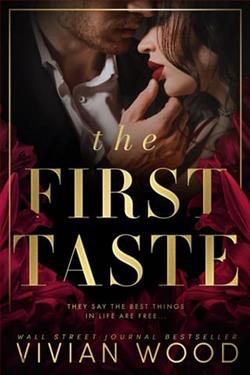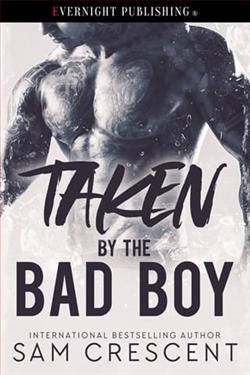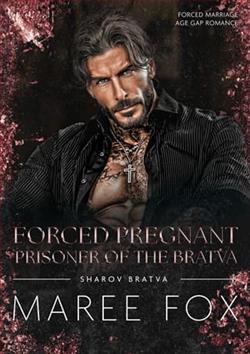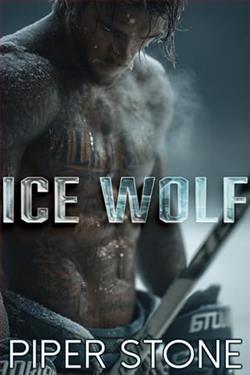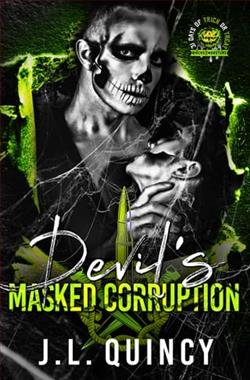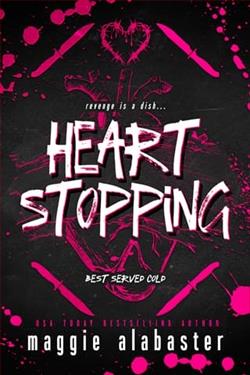Page 98 of Chasing Tomorrow
THAT NIGHT IN BED, Jeff made a decision.
I’ll go to Seville tomorrow. Stay for a few days and check out the Antiquarium for myself. Just to make sure.
He didn’t really believe Domingo’s “rumors.” It was all too far-fetched. But if the Shroud of Turin were stolen, and destroyed, and he’d done nothing to prevent it, Jeff Stevens would never forgive himself.
CHAPTER 21
HOUSED BENEATH THE ULTRAMODERN Metropol Parasol project in Seville’s famous Plaza de la Encarnación, the Antiquarium museum is a maze of Roman remains, dating from the first century AD. Jeff Stevens marveled at the mosaic of Bacchus and the perfectly preserved pillars of an ancient mansion as he lined up for his ticket to the “Sábana Santa” exhibition, the Spanish term for the Holy Shroud.
Jeff had expected lines around the block. After all, this was the first time in almost half a century that the icon had left its carefully temperature-controlled home in the royal chapel of the Cathedral of Saint John the Baptist in Turin, an industrial city in northern Italy. But perhaps because this was March, the off-season for tourists, as well as midweek, only a handful of people had turned out to see the linen cloth bearing the image of a man who may or may not have been Christ Himself.
“Would you like the audio tour?”
The girl smiled at Jeff, addressing him in perfect English.
“Thank you. Yes.”
Jeff slipped the headphones on and proceeded into the first chamber of the exhibition. He already knew most of the history of the Shroud and the intense scientific and theological debate that accompanied it. But it never hurt to learn more, and the earphones gave him a chance to move slowly through the museum, carefully detailing all of the security arrangements, alarms, fire exits and so forth with an expert eye. He’d noticed that there was no additional security at the entrance to the museum, besides the usual, unarmed security guards. But there was a permanent police presence in the square throughout the exhibition’s run. Plus the fact that the Antiquarium was basically a crypt meant that there were only two ways out to ground level—the front entrance and a single set of fire stairs leading up into the Metropol Parasol. As for the Shroud itself, it was housed at the end of the exhibition, in the center of a large spiral of “false” rooms, like the bull’s-eye on a dartboard or the end of a Victorian maze. Anyone attempting to remove it would ha
ve no option but to retrace their steps to the outermost ring of the circle, and choose an exit from there. With each room along the way alarmed and monitored by a high-tech system of infrared beams, not to mention the ubiquitous cameras, Jeff felt reassured that any attempt at a straightforward smash and grab would certainly fail.
Moving from room to room, Jeff began to focus less on his surroundings and more on the audio tour. It was quite fascinating.
“The image on the cloth, thrown into sharp relief as a photographic negative, shows a man who has suffered physical trauma consistent with crucifixion and torture. Although radiocarbon dating places the cloth’s origins in the medieval period, between 1260 and 1390, later scientific studies have cast doubt on those findings. Chemical tests suggest that parts of the Shroud at least may be considerably older.”
Jeff walked through room after room, with the audio explaining the science. Never-seen-before images of the Shroud captured by sophisticated NASA satellites were displayed next to early Christian artwork and sculptures relating to the cult of the Sábana. Despite apparently definitive carbon dating and other tests carried out in the 1970s and again in 1988, experts still remained baffled as to the nature of the image and how, exactly, it was fixed on the cloth. No paint had been used. Human blood had been found and DNA-tested, but the negative photographic image made no sense. One gruesome, and widely held theory was that some poor soul had been deliberately tortured and crucified in the Middle Ages in order to fake Jesus’ Shroud. But that still didn’t explain how such a perfect image was captured, eternally, on the cloth.
By the time Jeff entered the final room and stood in front of the Shroud itself, he was so engrossed in the mysteries of its origin that he’d almost forgotten why he had come. But then he found himself gazing into a face from the distant past and it came back to him in a rush of emotion, so violent he could hardly breathe.
That face! So full of human suffering, and yet so peaceful in death. The injuries to the body were horrific—from nails through the wrists to flagellation, bones shattered by beatings to stab wounds, scores of them, blow after blow after blow. This isn’t about God and man, Jeff thought. It’s about cruelty and forgiveness, life and death. It’s about humanity, in all its glory and all its filth, its beauty and its ugliness.
In that moment, he realized, he would quite happily fight to the death to protect this object: this relic, this scrap of cloth, this miracle, this fraud.
If Cooper was in Seville . . . if there was some madman out paying millions to have the Shroud stolen and destroyed . . . they must be stopped.
Jeff Stevens had to stop them.
THE PLAINCLOTHES POLICEMAN IN the green parka watched Jeff Stevens leave the museum. He had dark hair and a beakish, aquiline nose that gave him an almost Roman look. The girl at the front desk noticed it when he flashed his ID and thought, He fits in here, down among the ruins. She almost expected him to start speaking in Latin, or at least Italian.
Instead, he asked her in perfect Spanish: “The man who just left. Did he pay for his ticket by cash or credit card?”
“By cash.”
“Did he do or say anything unusual when he came in?”
“No. Not that I noticed. He was smiling. He seemed relaxed.”
The man in the green jacket turned and walked away.
THE ALFONSO HOTEL WAS the grandest in town, a 1929 landmark built in an Andalusian style and full of opulent, Moorish touches. The lobby and bars boasted marble pillars and mosaic floors, high, ornately carved ceilings and walls hung with exquisitely eclectic artwork and lit by thousands of gold lamps, like vast Aladdin’s caves. There were one hundred and fifty-one guest rooms, accessed by old-fashioned, 1930s elevators with gold grille gates, or by a wonderfully grand and sweeping staircase that wound its way around a central courtyard filled with flowers.
Jeff’s room boasted an antique walnut four-poster bed and a bath big enough for a family of five to live in. He figured if he were going to leave the comforts of Professor Domingo Muñoz’s farm, it should be for somewhere spectacular. The Alfonso was certainly that.
The only downside was that it was full of American tourists, as Jeff discovered when he went downstairs to the bar.
“Couldn’t we have met somewhere more private?” The contact Jeff was meeting glanced furtively around the wood-paneled room. They were seated at a corner table, sipping grappa. “I feel like a monkey in a zoo.”
“I can’t think why,” Jeff observed drily. “Nobody’s looking at us. They’re all on vacation, getting drunk.”








